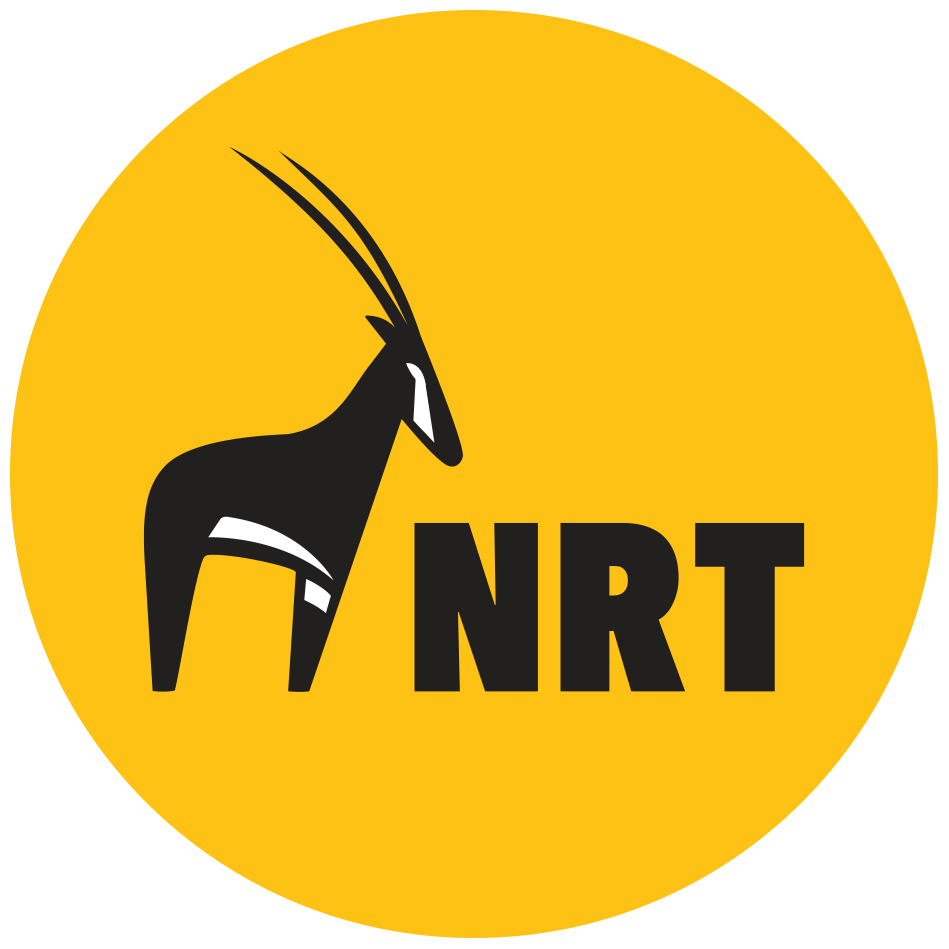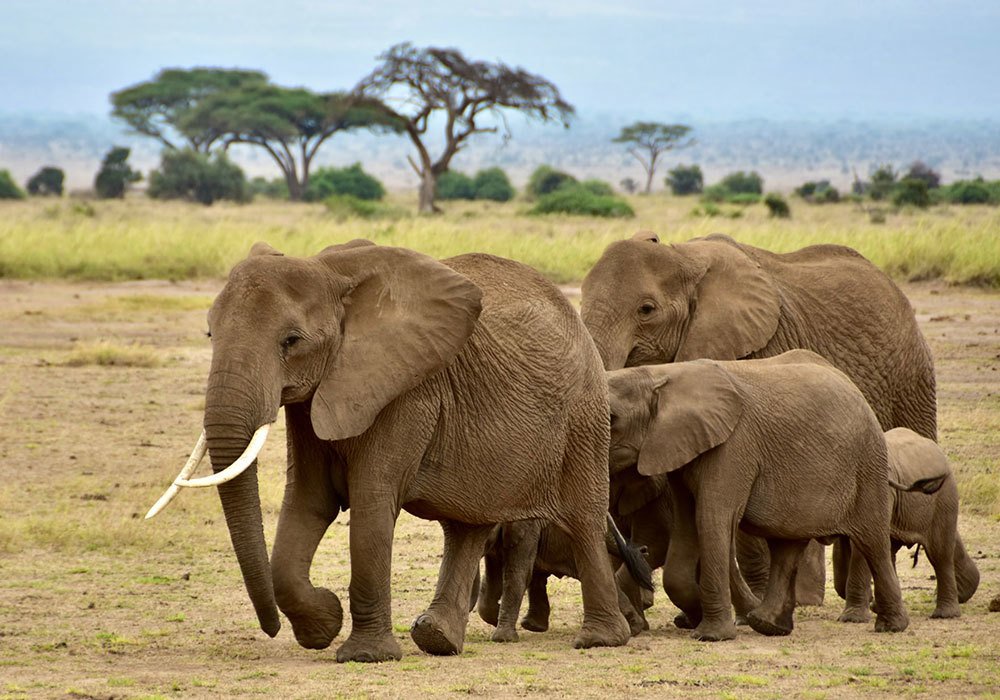Empowering Communities to Protect Natural Capital in Africa
This is an adapted excerpt from an article published by ForestLAB entitled ‘Empowering Communities to Protect Natural Capital in Africa’
WRITTEN BY
Tom Lalampaa, CEO Northern Rangelands Trust (NRT)
Local communities have a vital role to play in the restoration and protection of natural capital in Africa. Capitalising these communities ensures their enduring relationship with the land and nature and is already proving successful across northern Kenya.
Today, the conservancy model is overturning a pattern which once offered only subservience and is providing structure, employment and stewardship for communities across an area the size of Switzerland – offering a window into wider opportunities for the decades ahead.
For years, many African communities have been at the receiving end of change with little say in how decisions are made. In Northern Kenya this was often led by mobile safaris companies who would arrive unannounced in a community, pay what they wanted to the nearest elder they could find, and leave with no standard operating plan or structured engagement
“In 2012/2013, northern Kenya was losing up to 132 elephants a year to poaching. In recent years that has been reduced by 97% with poaching now considered to be equivalent to stealing from your own community.
This system began to change in 1995 with the successful introduction of the first conservancy model and has since grown to help to build formal structures that allow communities to own, manage and maintain their lands. With the help and oversight of the Northern Rangelands Trust, this model has been widely adopted, growing to 39 conservancies and covering 42,000 square kilometres across seven per cent of the country.
Each conservancy is registered with the Government and they have the democratically elected boards with managers and committees for finance and tourism with plans for grazing areas and their own bylaws. They manage the soil quality, water usage, map wildlife corridors and actively manage invasive plant species and have recently had more than 3.2 million tonnes of soil carbon verified.
In 2012/2013, northern Kenya was losing up to 132 elephants a year to poaching. In recent years that has been reduced by 97% with poaching now considered to be equivalent to stealing from your own community. The same is true of other species. With 65% of Kenya’s wildlife found outside of protected areas, we're now seeing the species recovery of the Grevy’s Zebra and the endangered Beisa oryx, meanwhile elephants are also utilising landscapes that have not been used for the last 25 years. Across rural communities, farmers are also demonstrating their shared appreciation of these landscapes by leaving water in troughs at night for the wildlife to drink, while a recently opened community owned and run elephant orphanage raises more than 50 rescued young elephants rewilding them successfully.
With communities taking an increased responsibility in planning for their land, risk management strategies have been developed and regional stability has improved, with regular communication between territories via VHF radio with over 1,300 jobs created, helping to offset the migration of the young to the cities. It is a system that has enhanced people’s lives, helped to build peace and conserve the natural environment.
Obviously, some problems still persist, and while the conservancy model has proved popular and opened up employment, the rangelands still struggle with considerable adversity. Ninety per cent of the population live below the poverty line in very limited means. Many of us still live communally in a nomadic culture and 67% of people have no formal education. The communities are still largely water well dependent and 65% of the lands are still degraded. The average family size is between six and eight. However, the co-existence with the land is critical to their livelihoods.
For years, preserving natural capital has always been perceived as the role of the government and the private sector and local communities have always just been a recipient. But if you can elevate that role, so that is supported, then communities can solve the problems at source. Undoubtedly the future of Africa’s natural capital lies with empowered local and indigenous communities. We need to transition communities from being dependents in an aid-based economy, to equity stakeholders in the green economy, ensuring they are given the space and given the capacity and the support they need to manage the natural capital in the most sustainable way possible.
“Undoubtedly the future of Africa’s natural capital lies with empowered local and indigenous communities.
ABOUT THE AUTHOR
Tom Lalampaa
CEO, Northern Rangelands Trust
Tom Lalampaa was born in West Gate Community Conservancy in Samburu, Kenya, and is a leading champion of community conservation in the country. He has been instrumental in the design,… Read full bio


